By David Dunaief, M.D.

Heart failure (HF) occurs when the heart’s pumping is not able to keep up with the body’s demands for blood and oxygen and may decompensate. Unlike a heart attack, which is acute, heart failure is a slowly developing disease that may take years to become symptomatic.
As of 2018, there were about 6.2 million Americans living with heart failure, and heart failure was a potential contributing factor in 13.4 percent of deaths (1).
There are two types of heart failure, systolic and diastolic. The basic difference is that the ejection fraction, the output of blood with each contraction of the left ventricle of the heart, is more or less preserved in diastolic HF, while it can be significantly reduced in systolic HF.
We have more evidence-based medicine, or medical research, on systolic heart failure. Fortunately, both types can be diagnosed with the help of an echocardiogram, an ultrasound of the heart. The signs and symptoms may be similar, as well, and include shortness of breath on exertion or when lying down, edema or swelling, reduced exercise tolerance, weakness and fatigue.
Major lifestyle risk factors for heart failure include obesity; smoking; poor diet, including consuming too much sodium; being sedentary; and drinking alcohol excessively. Pre-existing conditions that are significant risk factors include diabetes, coronary artery disease and high blood pressure.
Typically, heart failure is treated with blood pressure medications, such as beta blockers, ACE inhibitors and angiotensin receptor blockers. We are going to look at how diet, iron and the supplement CoQ10 impact heart failure.
Antioxidant diet’s impact
If we look beyond the usual risk factors mentioned above, oxidative stress may play an important role as a contributor to HF. Oxidative stress is thought to result in damage to the inner lining of the blood vessels, or endothelium, oxidation of cholesterol molecules and a decrease in nitric oxide, which helps vasodilate blood vessels.
In a population-based, prospective (forward-looking) study, called the Swedish Mammography Cohort, results show that a diet rich in antioxidants reduces the risk of developing HF (2). In the group that consumed the most nutrient-dense foods, there was a significant 42 percent reduction in the development of HF, compared to the group that consumed the least. According to the authors, the antioxidants were derived mainly from fruits, vegetables, whole grains, coffee and chocolate. Fruits and vegetables were responsible for the majority of the effect.
This nutrient-dense approach to diet increased oxygen radical absorption capacity. Oxygen radicals have been implicated in cellular and DNA damage, potentially as a result of increasing chronic inflammation. What makes this study so impressive is that it is the first of its kind to investigate antioxidants from the diet and their impacts on heart failure prevention.
This was a large study, involving 33,713 women, with good duration — follow-up was 11.3 years. There are limitations to this study, because it is observational and the population involved only women. Still, the results are very exciting, and it is unlikely there is a downside to applying this approach to the population at large.
CoQ10 benefits
Coenzyme Q10 is a substance produced by the body that helps the mitochondria (the powerhouse of the cell) produce energy. It is thought of as an antioxidant.
Results of the Q-SYMBIO study, a randomized double-blind control trial, showed an almost 50 percent reduction in the risk of all-cause mortality and 50 percent fewer cardiac events with CoQ10 supplementation (3). This one randomized controlled trial followed 420 patients for two years who had severe heart failure. This involved using 100 mg of CoQ10 three times a day compared to placebo.
The lead author goes as far as to suggest that CoQ10 should be part of the paradigm of treatment. CoQ10 is the first supplement to show survival benefits in heart failure.
This study’s rigor is impressive; it assesses the supplement as if it were a drug. A subsequent 2019 sub-group analysis of Q-SYMBIO confirmed the short- and long-term effects and also found a significant improvement in left ventricular ejection fraction among CoQ10 therapy adherents (4).
A meta-analysis involving 13 studies of CoQ10 supplementation with HF confirmed that CoQ10 resulted in ejection fraction improvements among patients with less severe stages of HF, although the authors suggest that studies with more diverse demographics and that refine and compare dose responses are warranted (5). If you have heart failure, you may want to discuss CoQ10 supplementation with your physician.
Iron deficiency challenges
An observational study that followed 753 heart failure patients for almost two years showed that iron deficiency without anemia increased the risk of mortality in heart failure patients by 42 percent (6).
In this study, iron deficiency was defined as a ferritin level less than 100 μg/L (the storage of iron) or, alternately, transferrin saturation less than 20 percent (the transport of iron) with a ferritin level in the range 100–299 μg/L.
The authors conclude that iron deficiency is potentially more predictive of clinical outcomes than anemia, contributes to the severity of HF and is common in these patients. Thus, it behooves us to try to prevent heart failure through dietary changes, including high levels of antioxidants, because it is not easy to reverse the disease. Those with HF should have their ferritin and iron levels checked, for these are correctable.
Based on study results, CoQ10 appears to be a compelling therapy to reduce risk of further complications and potentially death. Consult with your doctor before taking CoQ10 or any other supplements.
References:
(1) cdc.gov. (2) Am J Med. 2013 Jun:126(6):494-500. (3) JACC Heart Fail. 2014 Dec;2(6):641-649. (4) Cardiol J. 2019;26(2):147-156. (5) Am J Clin Nutr. 2013 Feb; 97(2): 268–275. (6) Am Heart J. 2013;165(4):575-582.
Dr. David Dunaief is a speaker, author and local lifestyle medicine physician focusing on the integration of medicine, nutrition, fitness and stress management. For further information, visit www.medicalcompassmd.com.

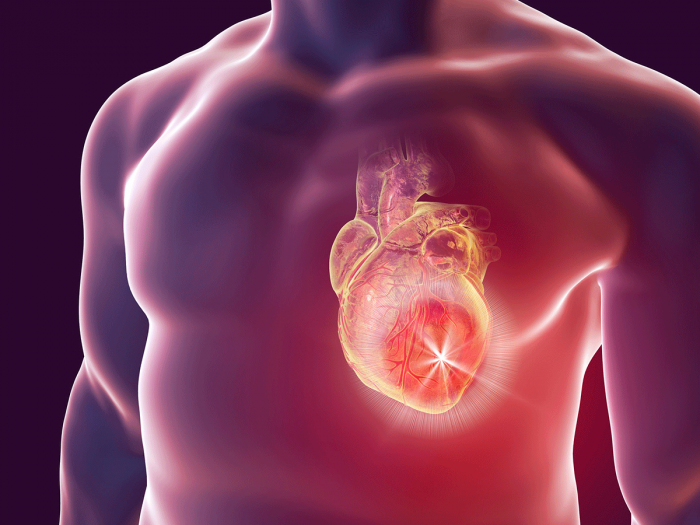


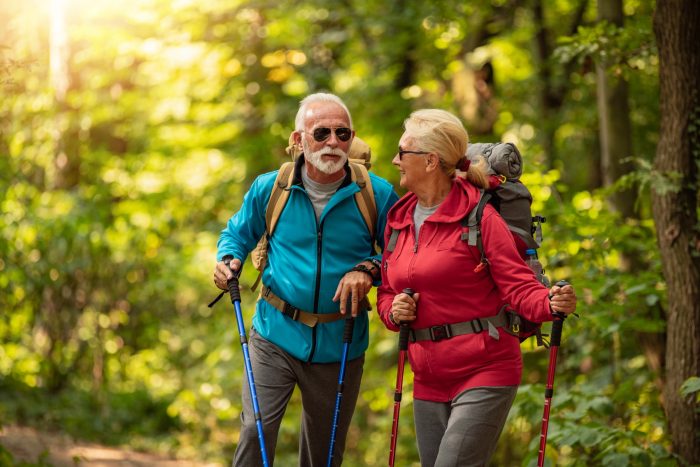

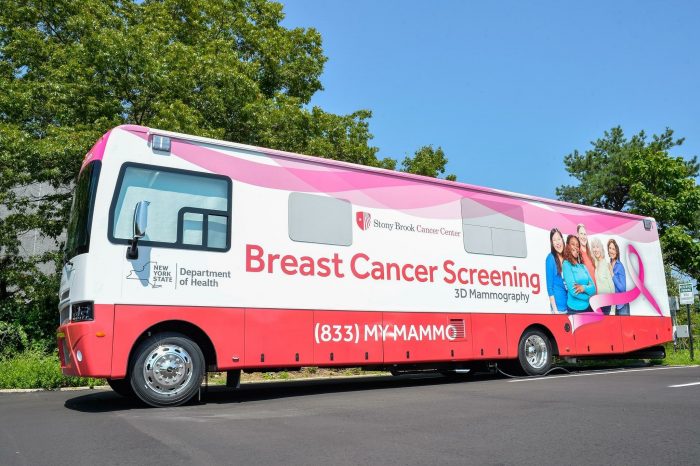

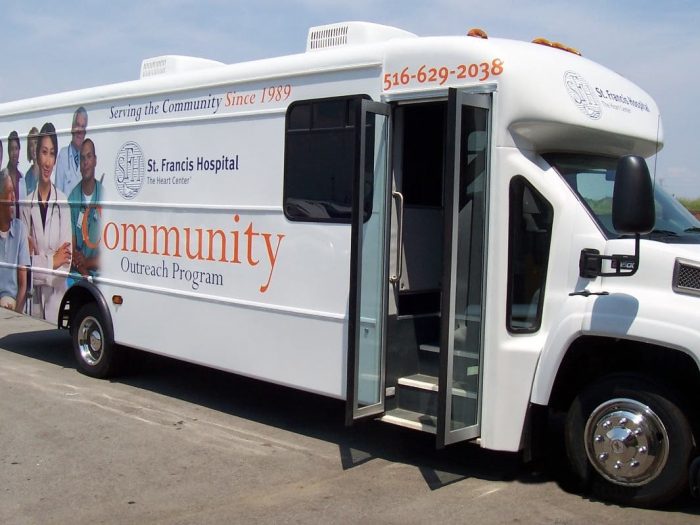
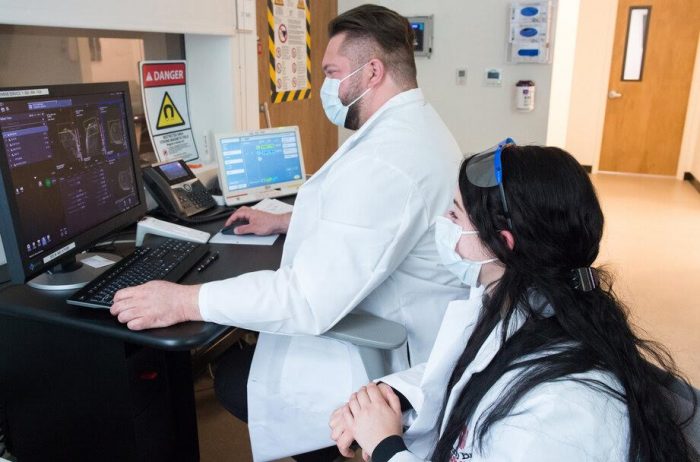
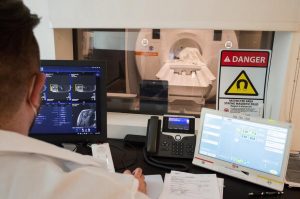

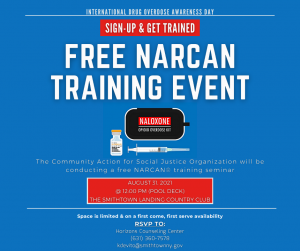 “This is an invaluable life saving skill for everyone and anyone to learn. Don’t think to yourself, I’ll never need this skill… you simply just never know! Accidental overdoses on prescription drugs can easily happen to an elderly person living alone or to a family member suffering from dementia. Additionally, we’ve been fighting an opioid epidemic for years. The coronavirus pandemic undoubtedly made it more difficult to fight back and get people help. Human beings make mistakes, but they all deserve a second chance… Narcan training is a weapon against this battle… and everyone should arm themselves with this life saving skill.” – Supervisor Ed Wehrheim
“This is an invaluable life saving skill for everyone and anyone to learn. Don’t think to yourself, I’ll never need this skill… you simply just never know! Accidental overdoses on prescription drugs can easily happen to an elderly person living alone or to a family member suffering from dementia. Additionally, we’ve been fighting an opioid epidemic for years. The coronavirus pandemic undoubtedly made it more difficult to fight back and get people help. Human beings make mistakes, but they all deserve a second chance… Narcan training is a weapon against this battle… and everyone should arm themselves with this life saving skill.” – Supervisor Ed Wehrheim



